What do those labels stand for?
I am by no means a vegetarian. I am, however, a person that cares deeply for the welfare of animals. Years ago I saw an Oprah show about how animals being raised for consumption were treated and I was appalled! It never occurred to me that animals were treated in such an inhumane way for the duration of their lives.
I believe that we have the power to change this with what types of products we buy. One of the reasons for doing this series is to remind you, the consumer, that you have a choice. That you have a right to know what you are buying and eating. That if you don’t like a practice being carried out by a specific ranch, farm or producer you can use your dollars at the supermarket or farmers market to vote for what you DO like. Labeling is one tool I have used to help me make choices, but not the only tool in the toolbox.
Labels to look for at the store
Here are some labels I feel are true to what they say. There is third party verification, but all have a slightly different angle on what their guidelines are. Once again, I feel strongly about finding a local rancher/farmer to provide you with information on how they raise their animals, harvest and butcher them. I do realize this option is not available to all. Frankly, sometimes you just need to run to the store for some ground beef because the kids invited half the neighborhood to dinner or out of town family just decided to drop by for the weekend!
Global Animal Partnership
From their website: We are a non-profit alliance of producers, retailers, animal advocates and scientists dedicated to improving farm animal welfare through the 5-Step® Animal Welfare Rating Program.
They do not audit or certify, they have independent companies do that for them. Whole Foods is a huge supporter and carries meat Approved by the Global Animal Partnership.
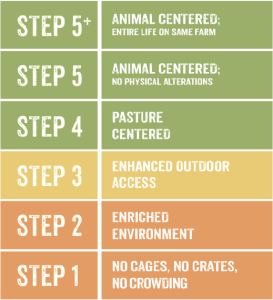
I think the 5 Step deal is good. The ranchers don’t have to be organic or GMO-free, so if that is something you feel strongly about, just know they don’t have specific guidelines for organic or GMO’s. Some of the farms are, but you have to investigate further if you would like to know that ranch’s/farms specific information. Not specifically grass-fed, more focused on animal welfare. They do have to be free of growth hormones and antibiotics.
To see a list of Global Animal Partnership partners click here.
Animal Welfare Approved

This is from their website:
Animal Welfare Approved (AWA) audits, certifies and supports farmers raising their animals according to the highest welfare standards, outdoors on pasture or range. Called a “badge of honor for farmers” and the “gold standard,” AWA has come to be the most highly regarded food label when it comes to animal welfare, pasture-based farming and sustainability.
All AWA standards, policies and procedures are available on the AWA website, making it one of the most transparent certifications available. I would warn that the above label needs to be accompanied with this next label in order to have the grass-fed standard.
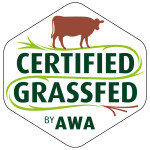
Here is the AWA’s grassfed standard from their website:
The Animal Welfare Approved (AWA) Certified Grassfed standards are an optional addition to the AWA beef, meat and dairy sheep, meat and dairy goat and bison standards. These standards do not stand alone and cannot be applied in isolation. In order for animals to be approved as AWA Certified Grassfed they must also be approved under the AWA species specific standards.
With the exception of milk consumed prior to weaning the diet of grassfed animals must solely be derived from grass and forage throughout their lives.
Forage-based diets can be derived from grass (annual and perennial), forbs (e.g. legumes, Brassica), and browse.
Animals cannot be fed grain, grain by-products or any other form of feed concentrate
I particularly like the AWA grass-fed label because you can go to their website and really “investigate” any guideline you want to.
If you would like to find AWA grass-fed products in your area click here.
American Grassfed Association
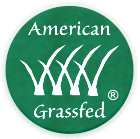
From the AGA website:
AGA Grassfed Standards for grassfed certification have been developed by a team of animal scientists, veterinarians, ranchers, and range management specialists. They concentrate on four main areas of production:
Diet — Animals are fed only grass and forage from weaning until harvest.
Confinement — Animals are raised on pasture without confinement to feedlots.
Antibiotics and hormones — Animals are never treated with antibiotics or growth hormones.
Origin — All animals are born and raised on American family farms.
AGA’s standards apply to ruminant animals only — beef, bison, goat, lamb and sheep. AGA-Certified producers are audited annually by independent, third parties to ensure continuing compliance with the standards. Only AGA-Certified members are permitted to use the AGA logo, trademark, or other identifying marks on their packaging, marketing materials, or web sites.
Click here for a list of AGA producers.
Food Alliance Certified Grassfed
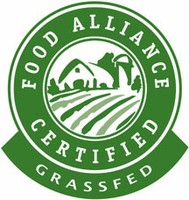
From their website:
In order to sell Food Alliance Certified products as ‘grassfed,’ animals must be raised on pasture or range, where they can browse on an exclusive diet of grass and forage plants. Animals may not be fed grain or grain by-products, or receive hormone or antibiotic treatments of any kind.
Humane Raised and Handled
From their website:
Humane Farm Animal Care (HFAC) is the leading non-profit certification organization dedicated to improving the lives of farm animals in food production from birth through slaughter. The goal of the program is to improve the lives of animals in agriculture, which is achieved by driving consumer demand for the humane raising and slaughter of farm animals through the Certified Humane® Raised and Handled® program.
This is a great label to have in conjunction with another. The cattle do not have to be grass fed so this label with a grass-fed label would be great. No growth hormones are allowed or antibiotics unless specifically prescribed by a veterinarian.
Sprouts has a grass-fed label.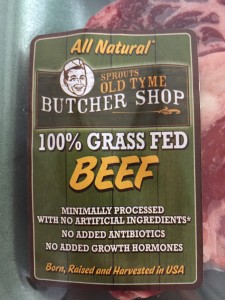
The information I received from Sprouts is their meat comes from Eugene, Oregon and is grass-fed and finished. It is not organic, but grass-fed.
Natural or All Natural:
One of the most ridiculous labels out there “NATURAL”. Ok, so all fresh meat is natural. This is such a weird misleading advertising label, not informative label. Just means no artificial ingredients, added color and minimally processed.
Hormone Free or No added Hormones
First, USDA doesn’t allows hogs, turkeys or chicken to be injected with hormones, I will have more on that in an upcoming blog. Where cattle are concerned, rBGH or rBST (Recombinant Bovine Growth Hormone or Recombinant Bovine Somatotropin) was approved in 1993 by the FDA. Does it increase the chance of cancer in humans? I believe the jury is still out. Do I want to consume rBGH while “they” are figuring that out?, no. Cows treated with the hormone produce 10-15% more milk. Organic dairy may not come from cows that have been treated with rBGH. Hormone free or No added Hormones does not address the antibiotic issue, but does address the growth hormone issue. The European Union doesn’t allow growth hormone in ANY meat. Meat labeled Organic cannot come from rBHG treated cows.
The USDA’s Food Safety and Inspection Service has declared that the following phrases are not allowed on meat labels. If they are found on a package, they indicate that the producer is not following good labeling practices, may not have a good understanding of the law or may be trying to confuse the issue.
Unapproved antibiotic claims
No Antibiotic Residues, Antibiotic Free, Drug Free, Chemical Free, No Antibiotic Growth Promotants
What it boils down to for me
Labeling can be a good tool to use, but it is often extremely confusing and misleading. Meat is a multi-billion dollar industry. Each certification has a fee that goes along with it, depending on the organization, that varies quite dramatically. Most labels don’t even specify if the meat comes from the USA or not. Most certifications are on the honor system, there may be an initial inspection for qualification and then subsequent yearly inspections, but it is truly paperwork and honesty. Unfortunately, what I have found is that the more money that can be made using a certain “label” people find a way to do it in the cheapest, shortcut way possible.
It is important to know that anything labeled grass-fed can be labeled that way at the producers discretion unless it has a certification from one of the above or other reputable companies. USDA Organic is good and if it has a grass-fed certification label from another source, that is a good option. Unless you do some extra investigation you may not know about antibiotic usage, how the animals are treated and in what conditions they live.
I believe a great way to get started buying pasture raised, grass fed, humanely raised and treated meat is at your local farmers market. See if there is a rancher selling meat and ask them these important questions: What does the life of a cow look like on your farm? Do you use any feed or hay? Is it trucked in hay? Do you use any growth hormones or antibiotics? What other animals or crops are on your farm/ranch? Most people are more than happy to discuss just about every aspect of their farm. In fact, they love it, especially if they are passionate about what they do and feel you are too. Full disclosure, my family consumes about 98% of their meat, pork and chicken from one rancher, they use none of the above labels. It is a family run business that has focused on environmental impact, animal welfare, human welfare and just delicious product. They use practices I wholeheartedly believe in and I can’t wait to share more about them.
Look for an upcoming blog on labeling of chicken, eggs, pork and fish! Frontline on PBS has done an entire piece on how meat is raised and processed in the USA, you can check it out here.
To stay up-to-date on our investigation and more, join our sleuthy community!
Let me know if you have any labels that you would like investigated and if you have found any ranches/farms that are doing it right!


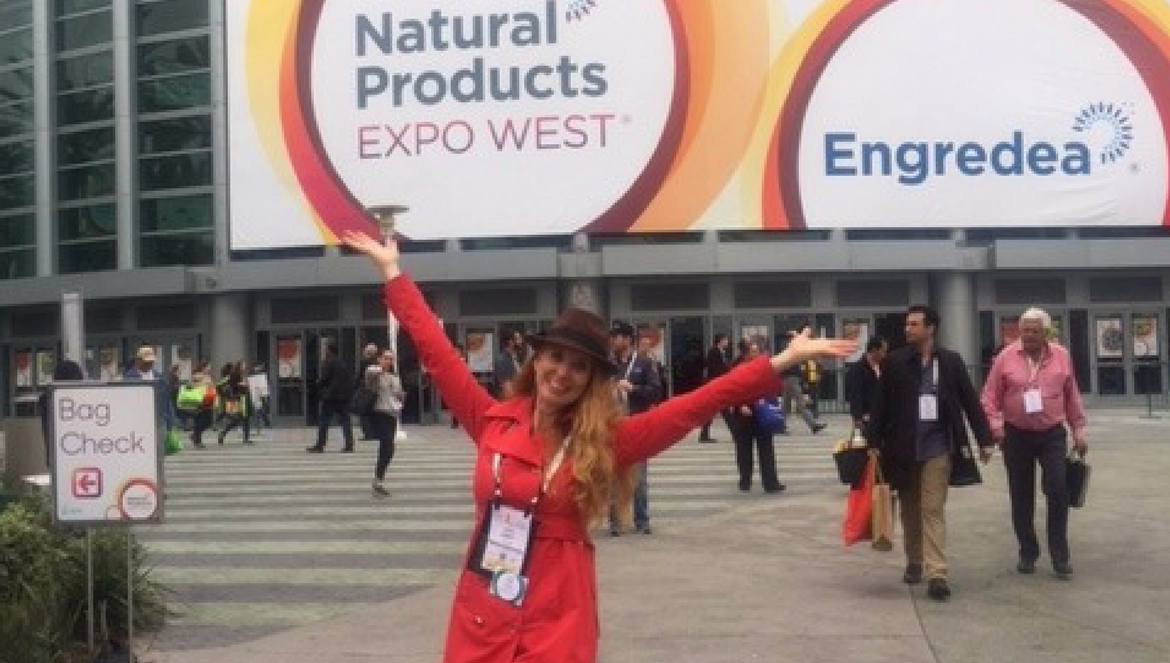




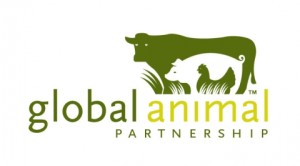
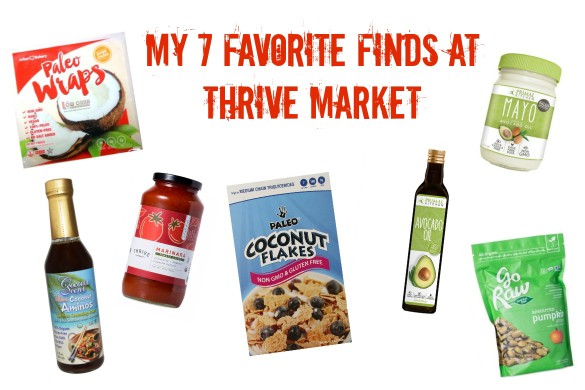

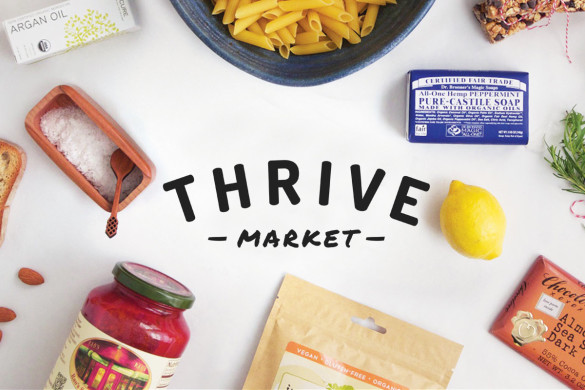

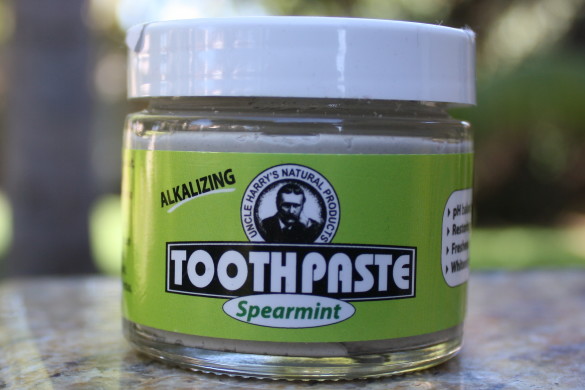

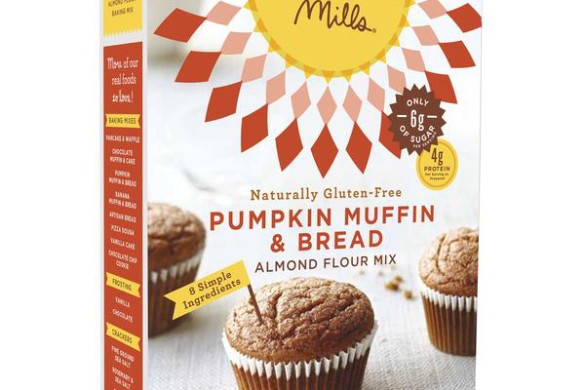

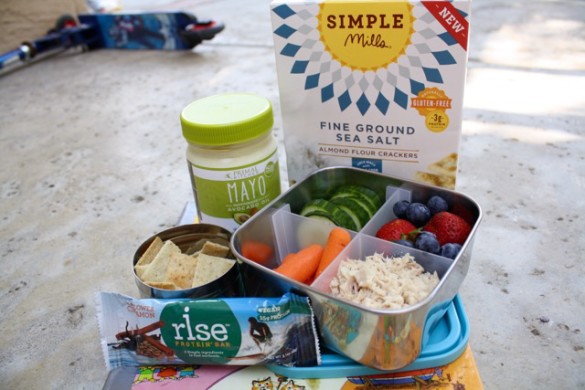
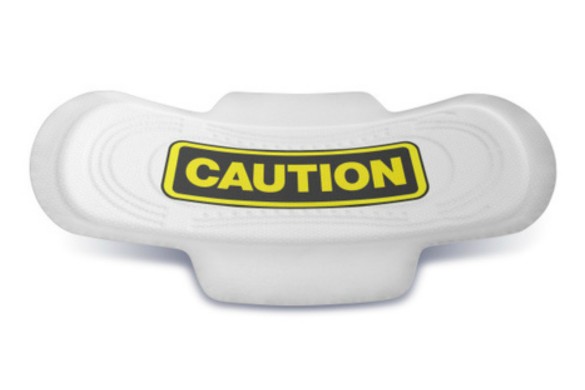
2 comments
Great article Kara! I remember the day that I found out that Grass Fed didn’t actually mean that they were necessarily grass fed their whole life! Talk about omitting important details! So you’re still spending extra money and thinking your getting grass fed but really they get pumped with grain towards the end of their lives! Shows why a blog like this is so important! Hard to know all these details and have time to do research on every single thing! Grass finished all the way! Thanks again for your hard work!
Thank you Dr. Summer! Exactly, I don’t mind paying extra for a product I believe in, but not actually getting it was really upsetting to me and opened my eyes to the food industry in general. Can’t wait to share more on labeling soon!